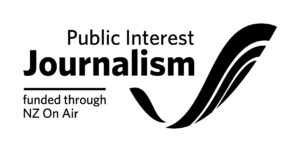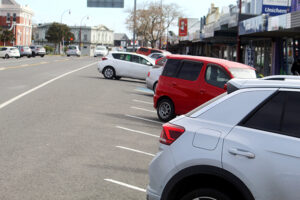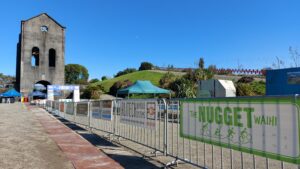Rates are set to increase across the region, as councils look ahead to manage challenges like ageing infrastructure and climate change.
July 1 saw Hauraki District Council, Thames-Coromandel District Council and the Waikato Regional Council adopt their long term plans for 2024-2034.
Hauraki district ratepayers will see the largest rates increase, rising to 17.4 per cent in the 2024/25 financial year. Mayor Toby Adams said the increase was due to rising inflation, interest and depreciation of the council’s assets.
“Councillors are well aware of the pressures that everyone is under. We worked really hard to keep it at 17.4 per cent. It started at 25 per cent and we cut out stuff that we felt… we could do without until the economy’s looking better. But we didn’t want to drop any levels of service that we currently have. We didn’t want to drop the levels of service or mowing, we didn’t want to have library hours reduced or swimming pool hours reduced. We’re doing things right and balancing the budget as much as we can.”

Mr Adams said the council had also invested heavily in wastewater infrastructure, including the replacement of the Paeroa wastewater treatment plant.
“Those costs to do that – yes, they’re big, but they’re much needed to make sure that we have got good wastewater plants, [and] that we can cope for the current needs of the district and any growth.”
Other key decisions in Hauraki over the next ten years include increasing the height of stopbanks in the Western Plains from three metres to four metres, replacing the roof of the Waihī museum, and bringing the museum up to code with seismic strengthening work.
Meanwhile, ratepayers in Thames-Coromandel will face an increase of 13.2 per cent – up from the 12.9 per cent initially proposed by the council.
The council said its LTP had to “prioritise the essentials”, focusing on maintaining ageing infrastructure and dealing with the impacts of climate change. It has also increased fees and charges, such as dog registrations and boat ramp fees, by three percent overall in an effort to minimise rates increases. The council will be investing $744.7 million into roading, water services, coastal protection and other services over the next ten years.
Waikato Regional Council chair Pamela Storey said its rate increases are “amongst the lowest in the country”. Regional council ratepayers will see an increase of 7.4 per cent over the next financial year, up from the initially proposed figure of 6 per cent.
Included in this is an increase in the natural heritage rate, from $5.80 per property to $15 per property; and a uniform annual general charge of $99.72 per rating unit. The council will also introduce a new primary industry compliance rate, targeted at properties 20 hectares or more in area. The full policy for the new rate will be developed for inclusion with the 2025/25 annual plan.
A region-wide public transport rate will be developed for Waikato, with public consultation to take place in 2025. Meanwhile, the council will continue to fund the five-year Te Huia rail service trial.
The regional council has also made the decision to disband its regional development fund, saying it was undersubscribed. Unallocated funds totalling $3.9 million will be redirected to the council’s other strategic priorities.




